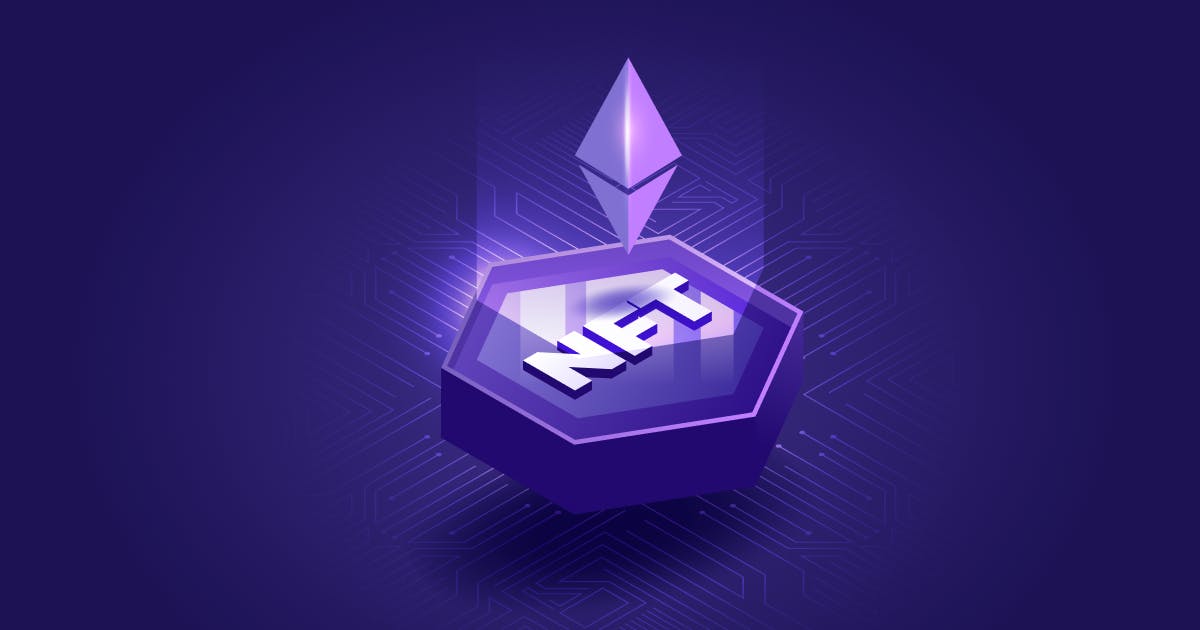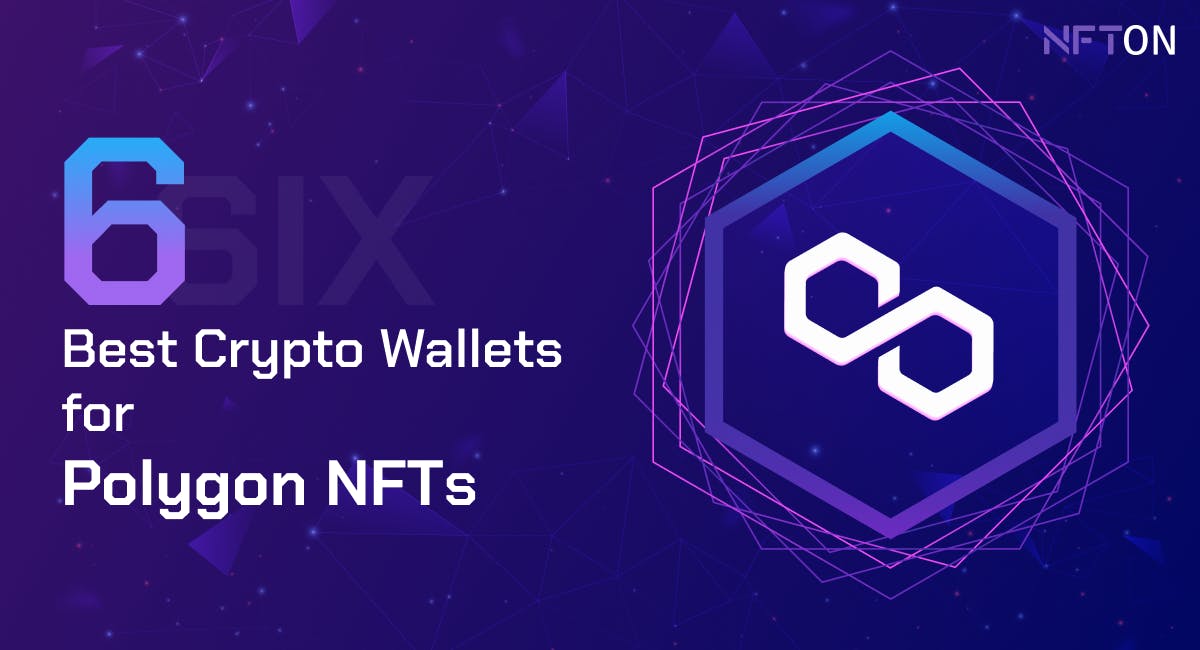A Quick Guide On Minting, Sell, And Trading NFTs On Marketplaces
March 8, 2022
Guides

But, what exactly is an NFT?
It stands for Non-Fungible Token. It is a unique digital token permanently linked to a digital file such as photos, GIFs, videos, and audio, encrypted with the artist’s signature.
It validates the file’s authenticity and ownership. An NFT can also be used to represent real-world artifacts such as music, video, artwork, and in-game assets.
Anything that is fungible or replaceable by another identical item, for instance, a $100 bill with another $100 bill, is not an NFT. NFTs are primarily digital items that can be bought and sold using Ethereum Blockchain. Ethereum is a type of cryptocurrency, like Dogecoin or Bitcoin.
Decentralized vs. centralized NFT marketplaces
Table Of Contents

NFT marketplaces are often of two types: decentralized and centralized types. While decentralized marketplaces take pride in having a higher degree of autonomy and are not bound by any legal constraints, they also boast a slightly higher security level.
On the other hand, centralized marketplaces are entirely legal and enjoy the benefits of higher liquidity and wider user bases due to their regulated natures.
Some popular examples of NFT marketplaces include OpenSea, AtomicMarket, Rarible, Foundation, Myth Market, Portion, SuperRare, Crystl Finance, and Paras 2.0, among others.
If you are a digital artist looking to monetize your work, you can convert your piece into an NFT. You can mint a unique NFT on any marketplace such as Rarible and Nifty Gateway and store it forever in the marketplace’s custodian wallet.
This avoids duplication and secures the piece’s authenticity and scarcity. The marketplaces use Blockchain to identify and verify every digital file. Anyone that can log on to the platform can see who owns that file via the internet.
NFTs are digital contracts with special embedded rules such as the number of copies available for sale to have greater control over scams.
The NFT thesaurus: Terms to know about the new technology

1. Gas fee
Similar to fees that credit cards may charge for transferring money to different accounts, users make payments to compensate for the computation energy needed to process transactions on the Ethereum Blockchain.
2. Mint charges
Minting an NFT refers to the process of purchasing a product before it sells out from platform A and then selling the same on platform B at a higher price. Some marketplaces charge a one-time fee to sell NFTs on their platform. That is what is called mint charges.
3. Transfer fee
This is the cost incurred when you transfer ownership of an NFT to someone else. Transferring a single NFT can cost you anywhere between $50-$15.00 depending on the current gas price and demand on the Blockchain for an NFT like that!
4. Transactional fee
Also known as an NFT miner fee, the transactional fees are what users pay for minting their smart contracts into the Blockchain technology. As of today, the price of minting an NFT can range from as low as $1 to an average of $900. It can also be higher in some rare circumstances.
5. NFT wallet
An NFT wallet is a cryptocurrency wallet supporting the blockchain protocol on which NFTs are built. It also needs to support the currency you purchase NFTs with, such as Ethereum. Since Ethereum Blockchain is widely used, most Ethereum wallets will work.
How to create an NFT
As mentioned previously, if you want to sell an NFT, you will have to mint a digital asset as an NFT that guarantees ownership of your work. The good news is you can mint any digital creation as an NFT — from art and music to video games and written pieces. It is easy to transform the file into an NFT by following the steps given below:
Please note that the ultimate selling price of your NFT is subjected to a range of factors such as quality, creativity, and your reputation, amongst potential factors.
Also, even though there are many marketplaces, not all trade in the same type of NFTs or support the same required NFT standards and file formats, so choose your platform wisely.
Steps in the NFT selling procedure
Once you have decided what you want to sell and where you want to sell, here are the steps you need to follow to make that sale:

1. Make a profile on the marketplace and mint an NFT
NFT marketplaces are just like Amazon. They comprise digital works being sold by multiple vendors, making you one of them.
OpenSea is currently the largest and most diverse market of NFTs. Once you have created a profile on the marketplace, link your funded cryptocurrency wallet and upload the digital file.
Each marketplace’s process for authenticating the file is different, but most allow you to mint with just a few clicks. If you are interested in monetizing your work passively over time through royalties, set a royalty amount while minting. In most scenarios, 5% to 10% of the secondary sale price is considered a typical royalty payout.
Be sure to tell the NFT world about yourself. If you have a website or active social media accounts, share those links as well. Specify the cryptocurrencies you accept for your NFTs. Create and educate on the ground rules, so only interested patrons come to you.
2. Connect your wallet
Log in and connect a crypto wallet with the NFT marketplace. The process is simple, and in almost all marketplaces, you will click either the “Create” button or press the wallet icon to get started.
Depending on the wallet you are using, such as Coinbase or MetaMask, and the device (mobile or desktop) from where you are working, you will be asked to connect your wallet via a QR code, or you will have to download your wallet onto the computer. That is it.
3. Make sure your wallet is funded
To make your first sale, please ensure you have bought some Ethereum or any other cryptocurrency you prefer on any crypto trading app and deposit it into your wallet. Transfer the crypto from the wallet to your NFT marketplace profile, depending on the marketplace.
If you are on a platform like OpenSea, you can purchase crypto directly from the marketplace profile through any payment mode such as a credit card. If you are unsure about how much crypto you need to purchase, you will have your answer in the next point.
4. List your NFT for selling
Once your NFT is freshly minted, transfer and sell your NFTs on other marketplaces. That will cost you extra fees. Click the “Sell” button and provide details about the transaction, including the price and auction time limit.
It would be best to clarify the cryptocurrencies that buyers can use to purchase the NFT from you. Based on the information given, the marketplace will calculate the gas fees. This depends on how busy the Blockchain network is at the moment.
Specify the details of your sale. Do you want it to be on a fixed price based on your cryptocurrency of choice or an auction running over a while?
OpenSea, for instance, lets you set royalty commissions for monetizing your work. However, other marketplaces might make that option available at this stage. So, do your research.
The marketplace will also list its fees for handling the sale, how Amazon does. It is usually a percentage of the final NFT sale price.
5. Market and manage your listing
Once the formalities are done, your NFT is available for purchase. Promote it to potential patrons through social media or your website (create one if you do not have it already). Sell it like a proper product. However, if you want to make any changes to the NFT, it will cost you an extra fee and the gas fees already paid are not refundable.
Like any online activity, you must interact with other NFT buyers, buyers, and collectors to build rapport and expand your network to build your new NFT business. Run it how you would run any other business! Monitor the activity happening on your creations, embrace feedback, and keep creating or trading more work for others to purchase.
How to trade NFTs
Contrary to popular belief, selling NFTs is not restricted to only digital creators. Some collectors trade from within their NFT collections. If you have ever purchased an NFT from a digital creator or another collector on the marketplace, you can also list it for sale.
A secondary market is where a transaction does not involve the original NFT creator. So if you are selling NFTs there, it involves the same process as listed in previous sections. There is no need to mint the digital asset in this case.
Transfer the NFT to the marketplace and click on the “Sell” button from the NFT page. The usual gas fees and marketplace listing charges will apply, reducing your final take-home amount along with any royalties the original NFT creator has set initially.
What is the right time to sell an NFT?
Hmm...that is a tricky question. The best time to sell an NFT largely mainly depends on its purpose and why you created or purchased it in the first place. If you are a digital artist, selling will largely depend on what you do and what buyers are ready to pay.
Therefore, keep tabs on what interests your patrons to create a digital file that maximizes your selling prices. However, remember that your gas fees could reduce your profit by a lot or even cause you to sell your NFT at a lower price if people are unwilling to buy it at the desired price.
For instance, high Ethereum network gas fees pose a problem for NFT creators. Therefore, you must take that into account.
There could also be instances where you buy an NFT for a specific purpose and do not need it anymore, or an NFT you purchase has suddenly appreciated in value. Selling is ideal if you urgently require money or find better places to invest.
When calculating a possible loss or profit on the sale, remember to include marketplace listing fees, gas fees, royalties paid to the original creator, and so on.
When it comes to gas fees, you can lower the price with better timing for your listing and avoid days when the Ethereum Blockchain network is too busy. Trading in NFTs is just like trading stock shares. It will take time to get the hang of things.
Minting and selling digital files as NFTs will cost your Ethereum network and marketplace costs. Besides, trading NFTs can be uncertain, given how volatile the market is. The value of Bitcoin is plummeting fast; even Ethereum is not that stable.
However, if you want to get on the bandwagon for the sake of it and see if you can make some money out of it, you should explore this side of the crypto world by all means.
Over to you
NFTs have definitely exploded in the past few years, and we do not see their craze diminishing any time soon! We now live in a world where caricatures, GIFs, and digital art pieces are sold for millions of dollars. No wonder it is seen as an option for getting rich quickly.
However, proper care must be taken while dealing with NFTs, as any bad investment can cost you money, stress, and a tarnished reputation. Therefore, monetize your talents wisely. Test your business acumen by playing slow.



